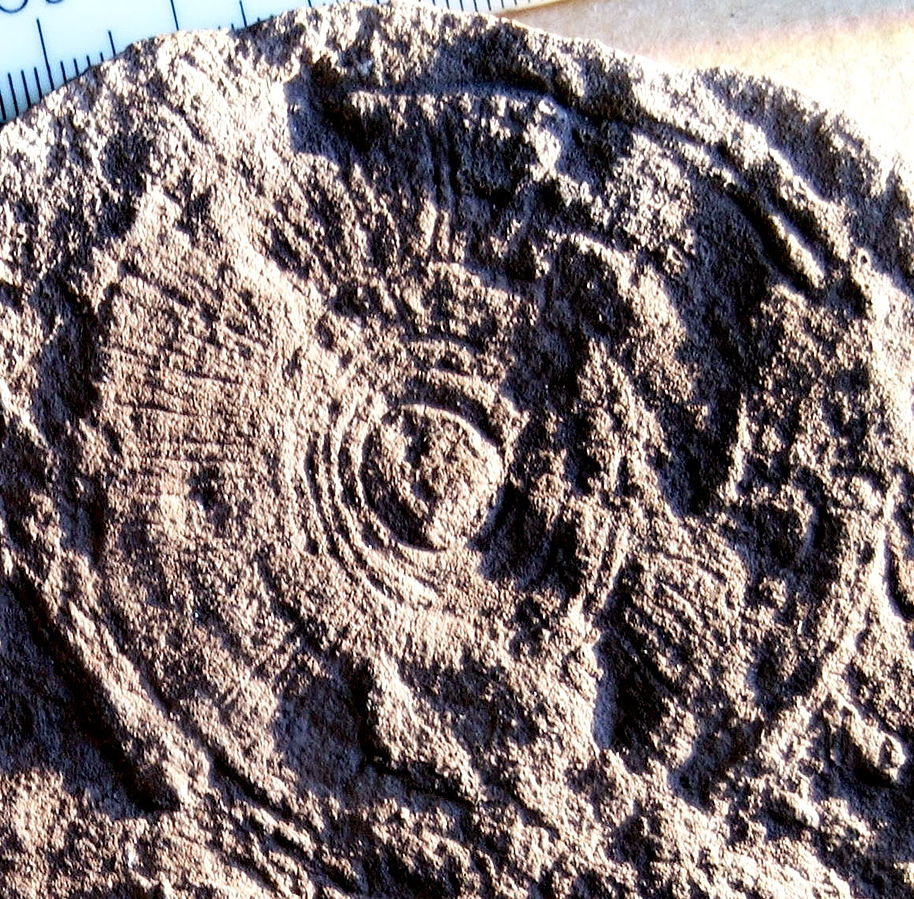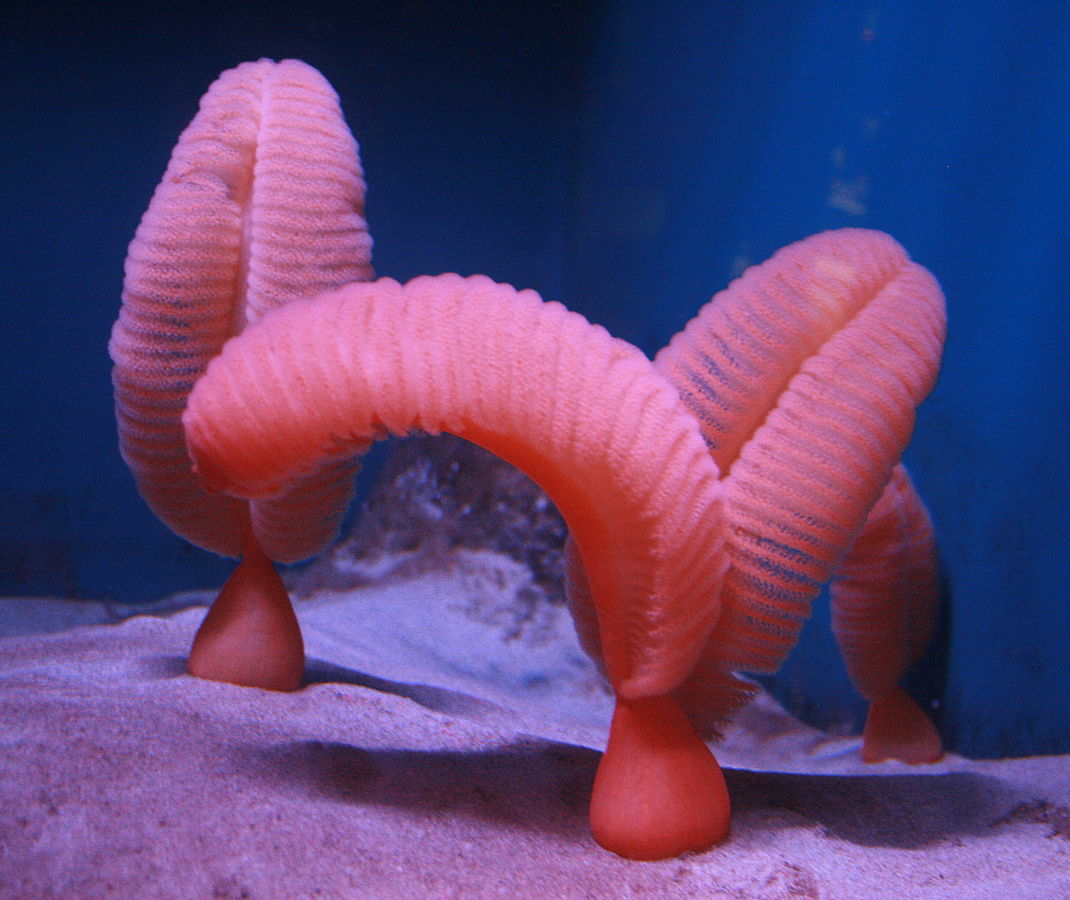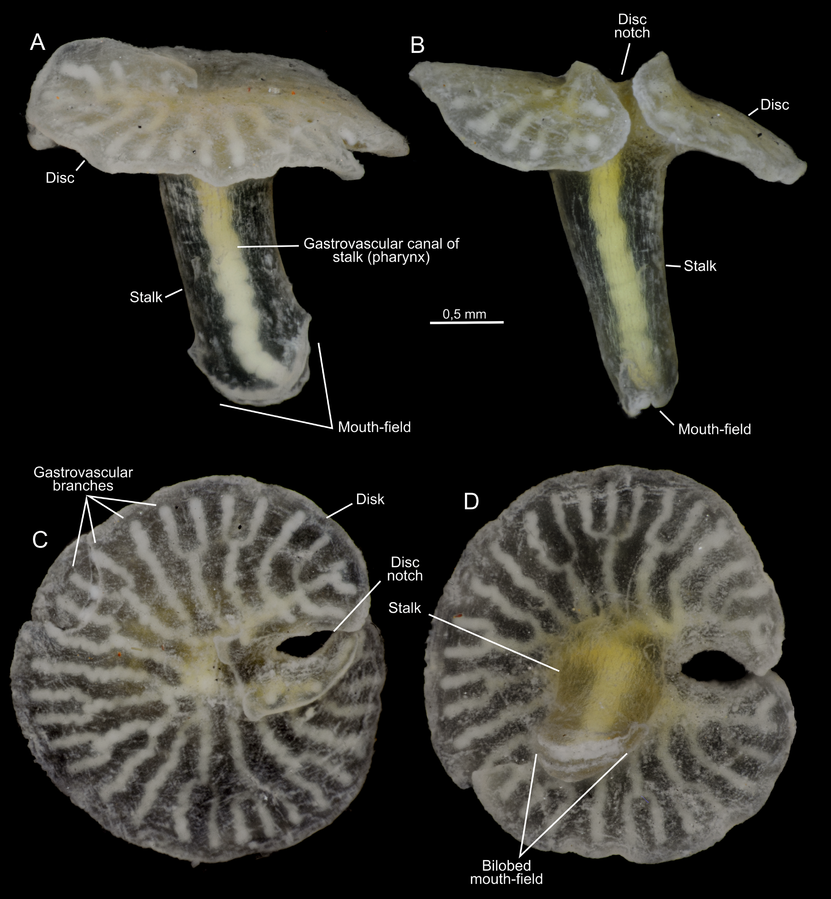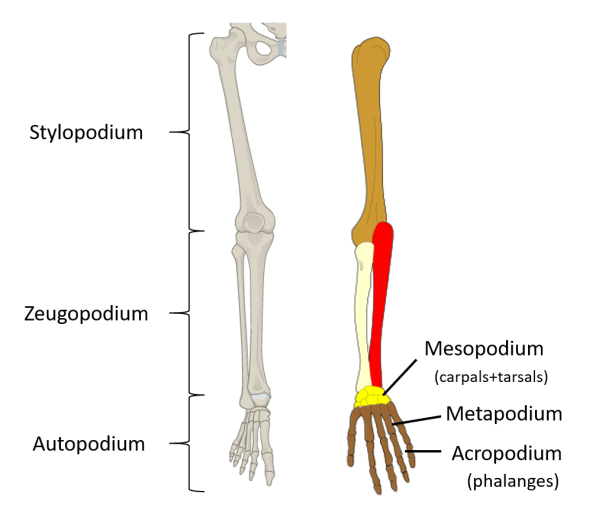Listen to Episode 31 on PodBean, Spotify, YouTube, or that other place you get podcasts!
Before the Cambrian Explosion, there was … a lot of weird squishy organisms. The Ediacaran, the subject of this episode, was a period just before the Cambrian. During this time we see the rise of a very odd and interesting group of organisms known as the Ediacaran Biota.
In the news
New findings show the last pterosaurs were more diverse than expected.
Early reptiles show signs of being able to lose their tails like some modern lizards.
Spider evolution in Hawaii has been remarkably consistent.
Interesting difference found between the limb bone lengths of crocodiles and alligators.
The Ediacaran: An Alien World
The Ediacaran Period (635-543 million years ago) marks the end of the Proterozoic Eon and is the only time period of the Precambrian that has fossils of complex multicellular life. Previously it had been thought that the Cambrian marked the origination of such organisms on Earth during the Cambrian Explosion. In fact, this line of thinking led to the fossils of the Ediacaran Biota being misidentified, misdated, or disregarded altogether for some time. This group of life has always been difficult to interpret because they show very few recognizable features of known groups of life.
Pictured below are some examples of these odd beings:




What are they?
Debate continues as to how these strange fossils are related to other organisms. It has been suggested that they may be similar (or related) to early animals, protists, lichens, and more. They may be very early cousins of known groups, or they could be one or more separate branches of complex life altogether. One popular hypothesis is that they are relatives of the Cnidaria (corals and jellies), due to similar body structures – see below – but strong answers elude us.


The mysteries surrounding this odd collection of ancient fossils are mostly still unanswered. If you’d like to learn more about what we know – and are still trying to figure out – please feel free to follow these links to overviews and recent research.
The Burgess Shale: Enigmatic Ediacarans
Digging up the Precambrian—fossil burrows show early origins of animal behavior
Two Explosive Evolutionary Events Shaped Early History of Multicellular Life
Narbonne 2005. The Ediacara Biota: Neoproterozoic Origin of Animals and Their Ecosystems
Some have even suggested that perhaps this assemblage of organisms shouldn’t be considered a related group at all.
MacGabhann 2014. There is no such thing as the ‘Ediacara Biota’
One More Thing…
In case anyone was wondering about those limb segment terms we mentioned during the news: here they are (precise usage may vary).

—
If you enjoyed this topic and want more like it, check out these related episodes:
- Episode 9 – The Cambrian Explosion
- Episode 100 – the Origin of Life
- Episode 39 – Speculative Evolution
- Episode 118 – Trace Fossils
We also invite you to follow us on Twitter, Facebook, or Instagram, buy merch at our Zazzle store, join our Discord server, or consider supporting us with a one-time PayPal donation or on Patreon to get bonus recordings and other goodies!
Please feel free to contact us with comments, questions, or topic suggestions, and to rate and review us on iTunes!
Could you do an episode on the confusing array of Permian reptiles / synapsids / therapsids / thecodonts / pelycosaurs, etc. It becomes so confusing as to their lineage, which came first…!
LikeLike
Good suggestion, David! We’ll add that idea to our list.
We might even have to devote multiple episodes to working through the whole array of Permian vertebrates!
LikeLike
That fernlike fossil from England that was the first one correctly identified to be pre-Cambrian, Charnia masoni?
Not the scientist who described it, but the person who’s honored in the species name, that’s my uncle, as a teenager.
Family claim to fame. If you read the part of the wiki article talking about the discovery, that’s a family story for us.
Anyway just wanted to share.
LikeLike
Wow, very cool!
LikeLike
Hello! I love your podcast. Would you be able to recommend any books on the Ediacaran (preferably books that are accessible to a layperson)?
LikeLike
Hello Gabby! Thanks for listening! Unfortunately, we don’t know of any well-reviewed non-technical books about the Ediacaran Period. It hasn’t been written about very much, at least not yet.
LikeLike